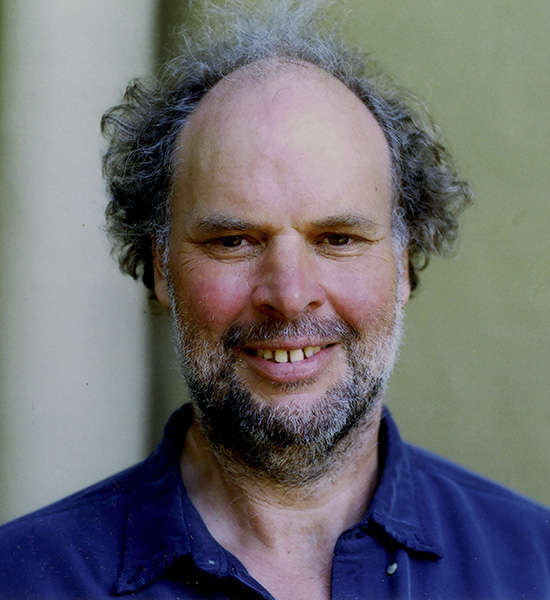I’ve always been fascinated, and occasionally frustrated, by the tendency of string, yarn, rope and wire – any thing that is long, thin and flexible – to knot and tangle.

Clearly, I’m not the only one.
Mathematicians have been studying knots since the early 1800’s and the field of knot theory is alive and well today. In fact, one of the stars of knot theory, Vaughan F.R. Jones, is joining Vanderbilt’s math department in the fall.
Jones received the Fields Medal, which is generally considered to be the Nobel Prize of mathematics, in 1990 for his discovery of an unexpected link between the mathematical study of knots and statistical mechanics, a form of mathematics used to study complex systems with large numbers of components. The story of how he made this connection illustrates the often-surprising twists and turns that the process of intellectual discovery can take.
When Jones discovered his polynomial, he was working on some problems in statistical mechanics. Specifically, he was working on a problem in an area called von Neumann algebras. It’s difficult to visualize but these algebras describe spaces that don’t have just one, two, three or more integer dimensions, but that can have dimensions of one half, the square root of two or pi. It just so happens that these algebras play an important role in quantum mechanics, the mathematics that describes the behavior of neutrons, protons, electrons and other sub-atomic particles.
“It came to me in a dream!”
In his work, Jones discovered algebraic expressions that bore a strong resemblance to some found in braid theory, a subset of knot theory. That led him to consult with Joan Birman, an expert on braid theory at Columbia University. He came away from their meeting depressed because it appeared that his ideas had no relevance to knot theory. However, his mind continued to work on the problem unconsciously. He woke up one night in the following week and, after doing a few calculations, realized he had come up with a new mathematical expression that did apply to the central problem in knot theory, which is finding methods for distinguishing between different kinds of knots.
It is very difficult to determine whether a loop of string is knotted and, if it is, to distinguish between different knots. (Two knots are considered to be the same if they can be made to look exactly alike by pushing and pulling the string without cutting it.) So mathematicians have developed a number of different methods designed to tell them apart.
A famous polynomial
The most famous of these methods is the Alexander polynomial developed by an American mathematician in 1928. Different forms of the same knot have the same Alexander polynomial. Knots with different polynomials are different. But knots with the same polynomial are not necessarily the same. For example, the Alexander polynomial can’t distinguish between a square knot and a granny knot.
Jones determined that he had developed an independent method for distinguishing among knots. Moreover, his method could distinguish between a number of knots, such as the square knot and granny knot, which the Alexander polynomial cannot tell apart.
In addition to its impact on knot theory, Jones’ work has provided the basis for a whole new branch of mathematics called quantum topology which, in turn, has provided the basis of a new form of quantum field theory that has allowed physicists to characterize complicated three-dimensional spaces filled with holes and loops. His ideas have not only had an impact on physics, but they are also being used by molecular biologists studying DNA. It turns out that the mechanisms used by cells to untangle the double-helix strands of DNA during replication and recombination are strikingly similar to the mathematical moves used to generate Jones polynomials.

In 2007 Douglas Smith, a physicist at UC San Diego, used Jones polynomials to shed light on my long-time question: Why jostling strings tend to knot.
In a paper that appeared in the Proceedings of he National Academy of Sciences, Smith reported that, when a string was tumbled inside a box, complex knots often appear within seconds. He analyzed the knots by tumbling the strings for 10 seconds, photographing them with a digital camera and then using a computer program to analyze the image and calculate their Jones polynomials. Lengths of string less than 1.5 feet did not knot, but the odds of forming knots increased rapidly as the length increased from 1.5 to five feet. At lengths between five to 20 feet, the odds of forming knots leveled off at about 50 percent. Increasing the tumbling time to 30 seconds, pushed this up to about 75 percent.
According to the physicist, the rotating strings first form parallel loops about the size of the box and then one of the free ends weaves around the various coils in a kind of braiding motion. In this fashion it can form even extremely complicated knots.